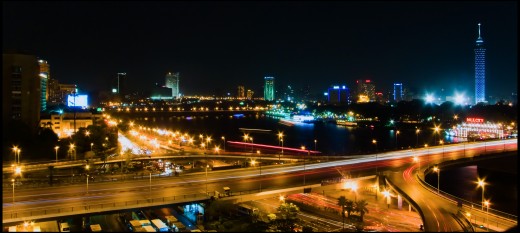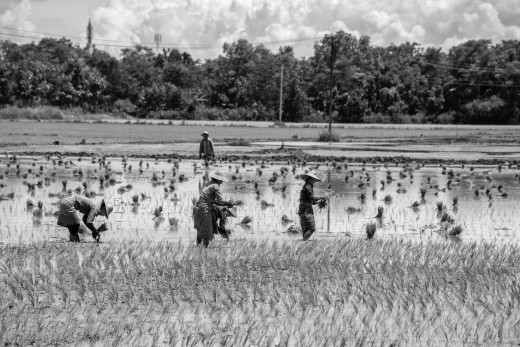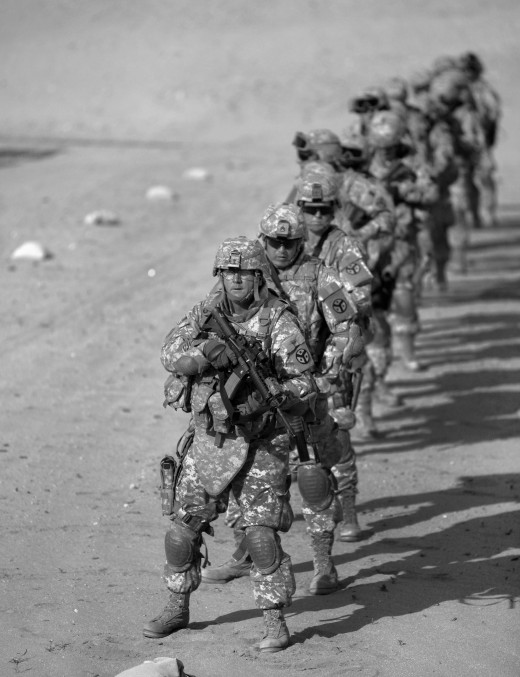James Gelvin's Modern Middle East - Book Review

James Gelvin’s Modern Middle East provides a description of how Europe’s modernism transformed the Ottoman and Persian empires by discussing the effects of imperialism and defensive developmentalism strategies adopted by the rulers. Gelvin defines defensive developmentalism as the series of fundamental reforms undertaken by rulers in the Middle East in order to integrate their governments and to conserve their unity against the irrepressible growth and advancement of the West. Characterized by reforms in military, education, taxation, economy, social service and hiked cultivation of cash crops, defensive developmentalism echoes one of the initial steps taken in the history of political reform.
The Ottoman and Egyptian rulers implemented reforms that were similar in nature. However, Gelvin notes that the differing aims of the reforms concerning both the states considerably impacted the process and its outcome. For instance, the Ottomans adopted defensive developmentalism in order to keep up with the Western world. Egyptians, on the contrary, concentrated on bringing about a change in the economic scenario of the country by increasing the plantation of cash crops as well as building a solid army in order to guard its autonomy against the Ottomans.
The event of price revolution in seventeenth century Europe caused the world economy to mature from empires to a sole market – in other words, “an integrated global economic system” in which European states comprised of the core. With the course of time, these states began to derive raw material from states that were comparatively weak in order to further their manufacturing process. As a result, according to Gelvin, “the world economy came to be divided into two distinct units: a developed core…and what is called the periphery; that is, states at a lower technological and economic level.” This caused the Middle Eastern rulers to engage in defensive developmentalism so as to react to the ascent of the West.
One of the first rulers to adopt the strategy of defensive developmentalism was Mehmet Ali, the ruler of Egypt. For the most part, he implemented reforms in the military, which according to him was crucial for the fortification of the central government. He also wanted to expand the land under his control to guarantee the supply of raw materials for its developing economy. In order to consolidate the government and boost state earnings, Mehmet Ali put an end to tax farming. He massacred Mamluk tax farmers and accommodated Bedouins to dominate and manage the sector of agriculture, which eventually became a plant for manufacturing cotton.

The diminishing worldwide supply of cotton with the onset of the American Civil War caused a surge in the price of cotton and Mehmet Ali spent immensely in the cotton industry as he miscalculated this temporary phase of economic development. Gelvin states that Mehmet Ali’s successors “borrowed heavily from European bankers to finance internal improvements”, such as the building of the Suez Canal. As a result, Egypt went bankrupt and eventually, fell into the hands of British dominion.
In Tunisia, the sense of defensive developmentalism adopted by Ahmed Bey was similar to that of Egypt. He reformed the state’s military by updating it with European technology and setting up a “polytechnic university to train bureaucrats and military officers… .” He also improvised the system of taxation and invested in infrastructure by borrowing immensely from the West. Just like the case of Egypt, Tunisia declared bankruptcy and fell into the hands of the French dominion.
Defensive developmentalism in the Ottoman Empire was much more complex in comparison to Egypt. The period of reform was referred to as tanzimat. Just like Egypt, the empire focused on Western style improvisation of the military, calling it nizam-i jedid. The Ottomans intended to use its military in the initiation of new guidelines, unlike the case of Egypt where the military was improvised in order to expand territory. The empire had framed itself under a banner of nationalism called osmanlilik. The state took efforts to eradicate cultural differences based on religious beliefs between the Ottoman subjects and advocated for their equality. The empire endorsed secularism by setting rules and regulations as well as Western style educational institutions. In this manner, the Ottomans not only made impractical economic rectifications like that of Egypt but it also made contributions to its future by implementing reforms in the education sector so as to assure that the empire would continue to survive. For instance, instead of transforming fields into manufacturing plants of cash crops, the Ottomans responded to the international agricultural crisis by “establishing agricultural schools and issuing credits and seed to impoverished farmers…sent teams of agronomists out to the countryside to offer agricultural advice to peasants.”

Eventually, defensive developmentalism was faced with defiance in the Ottoman Empire. Peasants were jeopardized by the efficient taxation system, high-profile locals suffered from the loss of authority and the ulama faced the loss of legal power. Gelvin states that the failure of the policies was due to the empire being “so widespread” and that the “diversity of the land and its people also obstructed the success of even the best-laid plans.” Also, the empire’s attempts to reform Islam led to its downfall. The two ideas of reformation consisted of either reforming the religion in order to aid with the issues faced by a modern society or to eradicate all that did not adhere to the actual teachings of Islam, as their desertion leads to the deterioration of the society. Defensive developmentalism had failed to coincide with the appeal of European funding and technology and the social consequences of the tanzimat began to wind down.
The Qajar dynasty in Persia also became susceptible to the elevated infiltration of its political and economic spheres by Europe. The dynasty had formed a relatively fragile and sensitive base on the ruins of the Safavid Empire. It exerted little authority outside the capital – sustaining itself by auctioning off “governorships to the highest bidders.” The government was incapable of developing an economy to contest with Europe. Instead, the dynasty produced revenues by generating and retailing resources available and by selling the rights to plant – another way in which the dynasty managed to sustain itself.
The level of reliance on outside actors was defined by issuing grants of a series of number of concessions to European interests so as to engage in a number of economic activities. The most momentous of these was in the year 1872, when Shah Nasr al-Din awarded to Baron Julies de Reuter absolute rights for the construction of railroads and streetcars, extraction of minerals, exploitation of national forests and the establishment of a national bank. The concession was cancelled as a result of resistance not only within Persia but also by the Russians. An even more significant concession was one granted to William Knox D’Arcy, an Australian adventurer by Shah Mozaffar al-Din. The British eventually brought it from D’Arcy (and later established the Anglo-Persian Oil Company).
Do you think defensive developmentalism was a good move by the rulers of the Middle East to initiate state building?
Attempts by the Qajars to update and consolidate power led to foreign loans and concessions that sold off the rights to several of Persia’s resources. These were met with public anger (the case of the Tobacco concession) and forced annulment of several concessions. This resulted in heavy costs that necessitated the need of further foreign financing. Funding to compensate loans was most of the time, raised by further concessions, thereby trapping the Shah in a dangerous cycle.
Defensive developmentalism strategies adopted by Egypt, the Ottoman and Persian empires in the spheres of politics, economics and military, according to Gelvin, brought about the intrusion of foreign powers into the region. This led to Middle East emerging into little more than a European liege. The direct and indirect cost of reforms, along with the introduction of new European concepts and technology into the Muslim world, had the unintentional effect of developing dependency instead of reinforcing the grasp on power of local rulers. As a result, the Middle East became a region of European dominion.
Photo Credit:
- guillenperez Tráfico nocturno en El Cairo via photopin(license)
- virtualwayfarer The Rice Fields of Inle Lake via photopin (license)
- The National Guard 278th Cavalry, Tennessee National Guard, Training in Kuwait via photopin (license)








